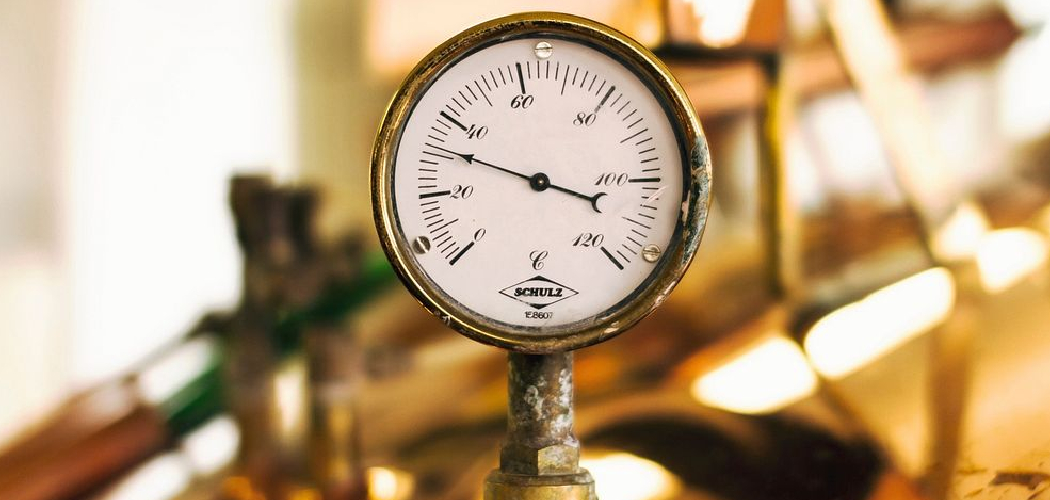Understanding how to read a water pressure gauge is essential for ensuring plumbing systems’ efficient operation and longevity across residential, commercial, and industrial applications. Water pressure plays a critical role in maintaining the functionality of various systems, including plumbing networks, irrigation setups, and HVAC systems.
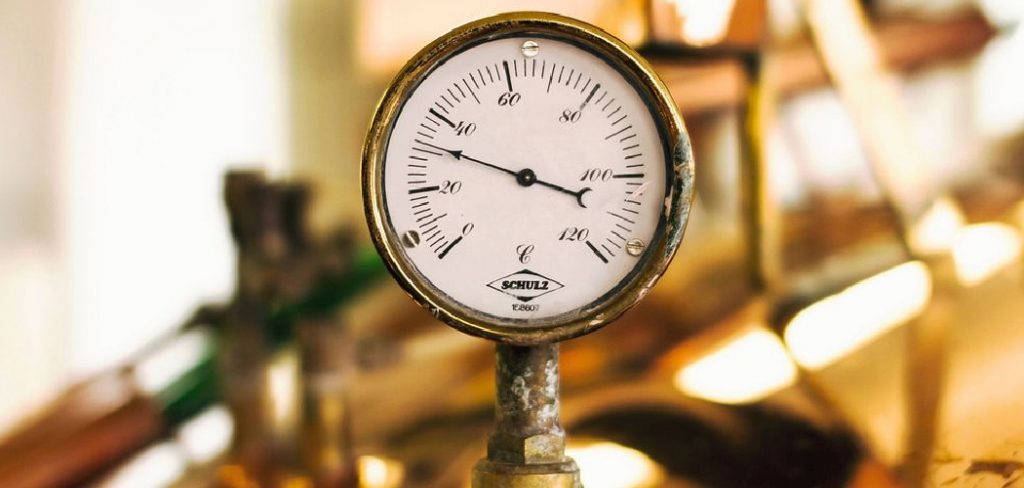
Monitoring water pressure with a gauge can identify potential issues such as leaks, blockages, or excessive strain on pipes and fixtures, allowing for timely interventions and adjustments. This article will provide an in-depth overview of the purpose and types of water pressure gauges and a detailed, step-by-step guide on how to read one accurately.
With this knowledge, homeowners, facility managers, and maintenance professionals can prevent costly repairs, enhance energy efficiency, and ensure a consistent water flow. Monitoring and understanding water pressure readings contribute to optimal system performance and safety.
Understanding Water Pressure and Its Significance
Definition of Water Pressure
Water pressure is defined as the force exerted by water within a plumbing system, commonly measured in PSI (pounds per square inch). The pressure at which water is delivered impacts the flow rate and performance of various applications, from household taps to irrigation systems. Proper water pressure is vital to ensure systems operate efficiently, helping to deliver water consistently at the intended flow rate without causing unnecessary wear or damage.
Maintaining the right pressure safeguards plumbing fixtures minimizes the risk of leaks, and enhances the longevity of appliances by preventing excessive strain.
Typical Water Pressure Ranges
The normal residential water pressure range is typically between 40 and 60 PSI. This range is designed to balance sufficient flow and minimal stress on the plumbing system. Low water pressure can result in poor water flow, inefficiencies in water-dependent appliances, and potential long-term plumbing issues due to inadequate supply.
On the other hand, high water pressure poses risks such as stress on pipes, the potential for leaks, and damage to fixtures and appliances. Understanding and maintaining water pressure within the recommended range is crucial for any plumbing system’s optimal functioning and longevity.
Types of Water Pressure Gauges
Analog Pressure Gauges
Analog pressure gauges feature a traditional dial with a needle indicator, providing a straightforward way to read water pressure. These gauges are appreciated for their simplicity and durability. Their robust construction means they are less susceptible to damage from environmental factors and do not require any power source, as they function mechanically.
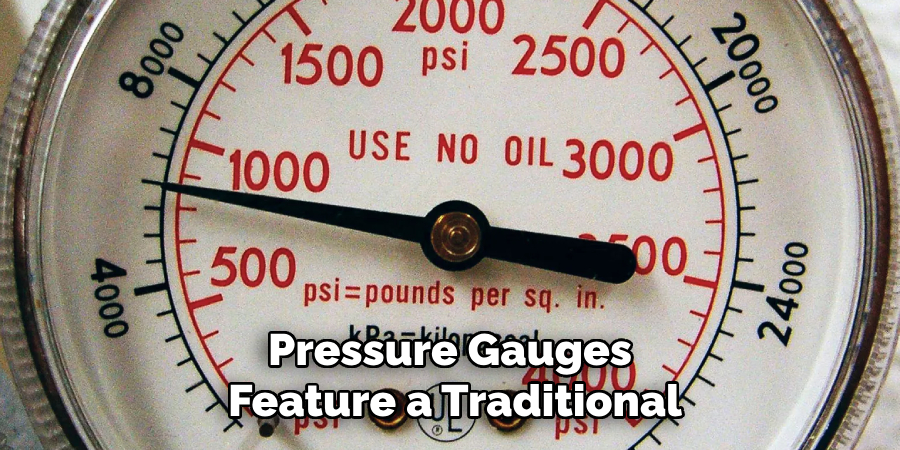
The lack of batteries also means they are always ready to use and are typically cost-effective options, making them suitable for most general applications where basic monitoring is sufficient.
Digital Pressure Gauges
Digital pressure gauges present readings on an electronic display, offering precise measurements ideal for high-accuracy applications. These gauges often come with features such as the capability to store data over time, which can be beneficial for tracking pressure trends and diagnosing issues. The advanced technology used in digital gauges provides users with detailed, easily readable information, making them suitable for more complex systems where precision is critical.
Despite their higher upfront cost, digital gauges can enhance system management through their detailed analysis capabilities.
Choosing the Right Gauge for Your Needs
When selecting a water pressure gauge, consider accuracy, ease of use, and system compatibility. Analog gauges might be preferred for their simplicity and reliability in basic settings, whereas digital gauges offer enhanced accuracy and additional features for more demanding applications.
Evaluate the specific needs of your plumbing system, including the importance of data storage or accuracy requirements, to determine the most appropriate gauge type.
Preparing to Read a Water Pressure Gauge
Gathering the Necessary Equipment
Before taking a water pressure reading, ensure that you have all the necessary tools at hand. The primary tool required is a reliable water pressure gauge. You will also need access to a hose bib (spigot) or a pressure port adapter, depending on the configuration of your plumbing system. Verifying that the gauge is compatible with your system is crucial to avoid misreadings or damage.
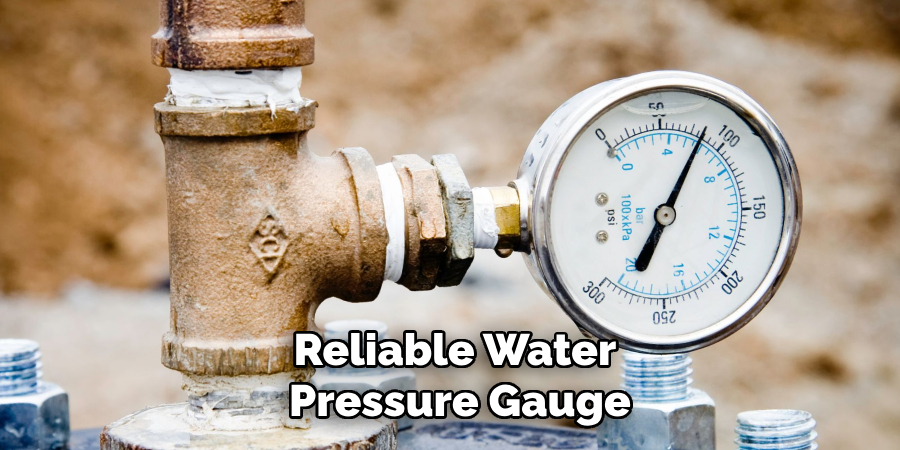
Check that the threads on the gauge match those on your spigot or adapter, and confirm that the pressure range of the gauge suits your expected readings. This preparation not only facilitates an accurate reading but also helps maintain the integrity of your plumbing.
Ensuring Safety and Proper Setup
For an accurate water pressure reading, it is important to create an environment free from the influence of active appliances. To ensure a stable reading, turn off any appliances that may affect the pressure, such as washing machines or sprinkler systems. Additionally, inspect the water pressure gauge thoroughly before use, checking for any signs of damage or debris that could impair its function.
A faulty gauge can provide false readings, potentially leading to incorrect conclusions about the system’s health. By preparing meticulously and checking the setup, you safeguard the accuracy of your water pressure assessments.
How to Connect the Water Pressure Gauge
Attaching the Gauge to a Hose Bib
Attach a water pressure gauge to a hose bib by turning off the water supply to eliminate pressure during setup. This ensures a smooth and safe process. Next, carefully screw the pressure gauge onto the hose bib, making sure it is securely fastened to prevent leaks. Once the gauge is tightly attached, slowly turn the water supply back on, allowing pressure to build gradually.
Observe the area around the connection closely to ensure there are no leaks, as this could affect the accuracy of your reading and potentially damage the plumbing system.
Connecting the Gauge to Other Pressure Ports
For systems without an accessible hose bib, you may need to connect the gauge to alternative pressure ports. Depending on the system configuration, inline connections or other specific plumbing ports can serve as viable alternatives. In the case of well systems, connecting directly to a pressure switch port is common, while municipal supplies might require different access points.
Adjust the method accordingly, ensuring the gauge fits the specific setup and pressure port. Regardless of the setup, ensure the connection is secure and compatible with the plumbing system to maintain accuracy and avoid potential leaks.
How to Read a Water Pressure Gauge: Read the Water Pressure Gauge
Understanding the Gauge Display
Interpreting the reading on a water pressure gauge, whether analog or digital, involves understanding the units and needle positioning. Most gauges measure pressure in PSI (pounds per square inch), but some may use bars or other units. Analog gauges typically have a needle pointing to the measured pressure on a circular dial marked with numbers, while digital gauges present the reading on a clear electronic display.
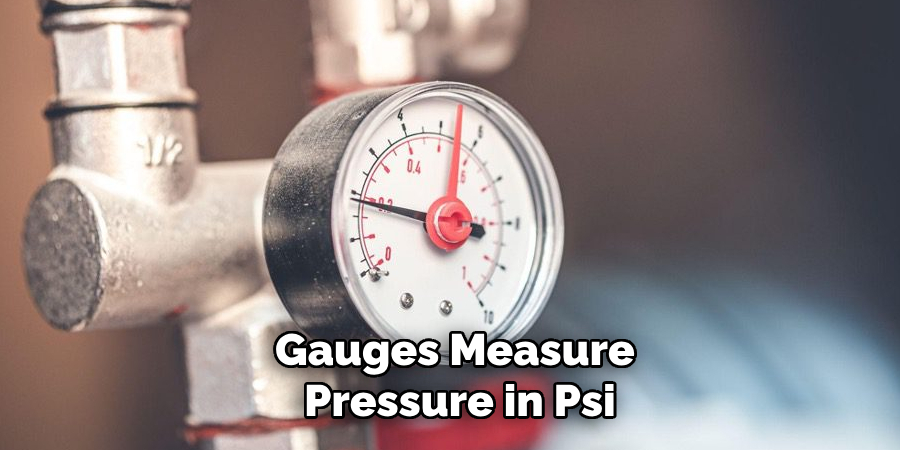
Common markings cover a range from 0 to 100 PSI, though exact ranges can vary based on the gauge’s intended use. Familiarizing yourself with these readings and their significance is key to effective water pressure management.
Taking the Reading
To take an accurate reading from your water pressure gauge, ensure that the entire plumbing system is static—no water should be running through the system during the measurement. This stability allows the gauge to capture the baseline water pressure accurately. Observe the gauge once the system is stable until the needle stabilizes or the digital reading stops fluctuating.
Note this value as your water pressure reading. When done correctly, this straightforward process provides a true representation of the system’s pressure at that moment.
Factors That Can Affect the Reading
Several factors can impact a water pressure reading, including the time of day, as pressure often fluctuates with daily usage patterns. Additionally, usage in nearby systems or changes in the municipal water supply can cause variations. Recognizing these external influences can help ensure accurate, consistent readings, aiding in effectively monitoring water pressure over time.
Interpreting Your Water Pressure Reading
Ideal Water Pressure Levels
Maintaining water pressure within optimal ranges is crucial for properly functioning any plumbing system. An ideal water pressure typically ranges between 40 and 60 PSI for residential settings. Pressures above 80 PSI can be problematic and may cause damage to home plumbing fixtures and appliances. In commercial settings, slightly higher pressures may be necessary to
accommodate larger systems, while industrial setups might require even greater pressures to support specific operational needs. Adjusting pressure for specialized requirements, such as irrigation systems or multi-story buildings, might demand tailored solutions to ensure evenly distributed pressure across all zones. Regular monitoring and adjustment of water pressure levels are recommended for optimal performance and longevity of plumbing systems.
Dealing with Abnormal Readings
Several underlying issues could be at play when confronted with a low water pressure reading. Common causes include leaks, clogged pipes, or problems related to the municipal water supply. To address low pressure, investigate these possibilities systematically and consider consulting a professional for complex system assessments.
Conversely, high water pressure can also lead to issues such as burst pipes or stressed fixtures. This condition might stem from malfunctioning pressure regulators, improper pump settings, or a high municipal supply. Rectifying these issues often involves adjusting or replacing faulty components. Immediate attention to abnormal readings ensures a balanced system and prevents long-term damage.
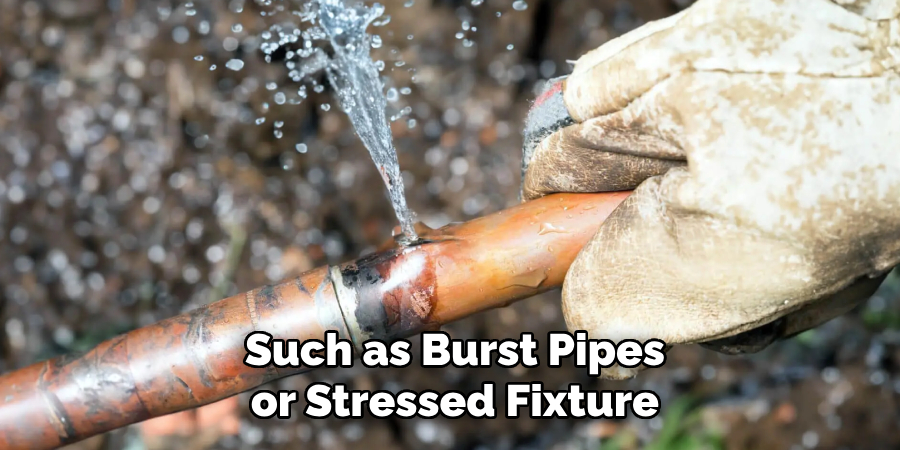
Troubleshooting and Next Steps
What to Do If the Pressure Is Too Low
If you experience low water pressure, inspect the system for leaks or blockages. Leaky pipes or clogged fixtures can significantly impact pressure levels. Examine visible pipes and connections for any signs of escaping water, and clear out blockages in faucets and showerheads. It’s also wise to check for sediment buildup in pipes, which can impede water flow.
Adjust any valves that might be restricting water to increase pressure back to normal levels. Should these steps not resolve the issue, consulting a professional plumber is recommended for a more thorough assessment and targeted fixes.
What to Do If the Pressure Is Too High
High water pressure requires immediate attention to prevent potential damage. Begin by inspecting and, if necessary, installing a pressure-reducing valve, which can regulate and maintain pressure at a safe level. Ensure the valve is working correctly and adjust the pressure settings as needed. Additionally, check existing plumbing for any damage caused by excess pressure, such as pipe bursts or leaks at joints.
Any signs of stress or damage should be promptly addressed to avoid further issues. Regular monitoring of water pressure levels and maintaining regulating valves can help prevent future complications from excessive pressure.
Tips for Maintaining Proper Water Pressure
Regularly monitoring your plumbing system’s water pressure with a reliable gauge is fundamental in preventing unexpected issues. Scheduling routine maintenance checks ensures that any developing problems are identified early, allowing for timely interventions. Part of these checks should include assessing the condition of the pressure gauge itself.
Replacing or recalibrating the gauge when necessary to maintain its accuracy is crucial. By keeping a proactive approach through consistent monitoring and timely maintenance, you can ensure optimal water pressure, thereby protecting your plumbing system and enhancing its longevity.
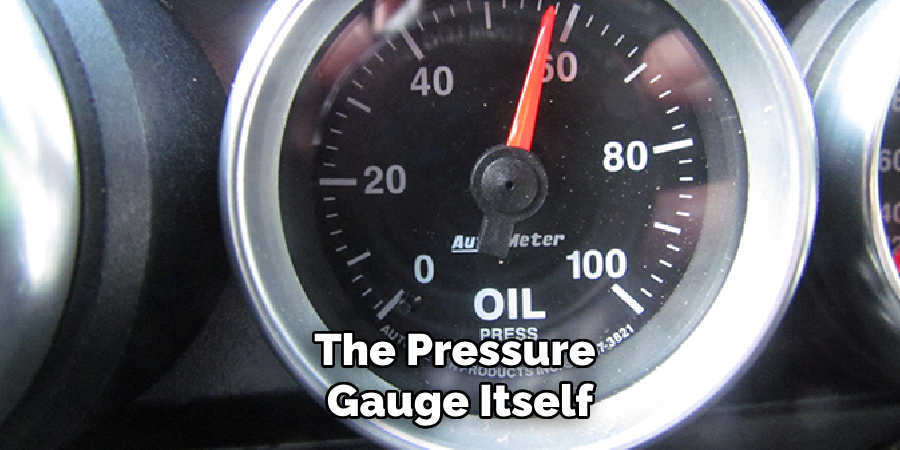
Conclusion
Understanding and monitoring water pressure is vital for the health and efficiency of any plumbing system. Homeowners and facility managers can regularly check water pressure readings to ensure stable operation and prevent costly repairs. Knowing how to read a water pressure gauge is crucial to maintaining proper pressure and promptly addressing any abnormalities.
As a final tip, always keep a reliable gauge handy for routine checks, as this proactive approach can safeguard against unexpected plumbing issues and extend the lifespan of your system, ensuring peace of mind and reliable water flow.

